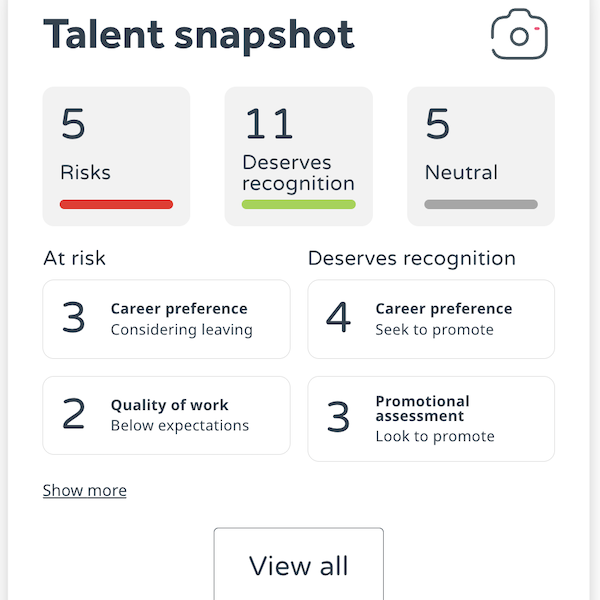 Most employees take pride in what they do and respond positively to supportive leadership. But toxic work environments filled with unhappy employees don’t happen overnight. Dissatisfaction in the workplace is usually an insidious process. So how do you spot a problem and turn things around?
Most employees take pride in what they do and respond positively to supportive leadership. But toxic work environments filled with unhappy employees don’t happen overnight. Dissatisfaction in the workplace is usually an insidious process. So how do you spot a problem and turn things around?
Here are some of the signs to watch out for that are clear warning bells that all is not well in the work camp.
1) Light chatter and humour have waned
The general buzz in the office is usually a good measure of team spirit and how happy your employees are. When a formerly buzzy office starts to feel flat and soulless it’s a clear sign that something is wrong among the staff.
Silence and tension in the workplace are usually the result of unhappy staff. Watch out for visual clues too – a sea of frowning faces doesn’t represent happy employees.
2) There’s a general reluctance to cooperate
When a formerly helpful employee stops exceeding expectations, you need to investigate. Is there a problem at home, a well-being issue or is your employee feeling powerless and rebelling? Small things to watch out for are drop-off in attendance to company meetings, a lack of interest in training and ignoring emails.
3) Productivity has taken a nose-dive
It’s a simple fact that unhappy employees aren’t as productive as happy employees. If productivity in the workplace has taken a nose-dive for no other apparent reason, take a closer look at why your employees aren’t motivated.
4) Clock watching, late starts and early finishes
Dissatisfied staff don’t want to be at work. When you notice a change in the punctuality and reliability of a particular employee you could have a disengaged team member on your hands. Clock watching, late starts, frequent breaks and knocking off early are signs your employee really doesn’t want to be there.
This behaviour could of course be caused by a personal issue, so nip things in the bud and carefully ask if everything is OK. It may be that a temporary change in working hours will support your employee and help get them back on track.
5) No new ideas
Engaged employees are invested in the values and the visions of the business. They freely offer up ideas to make positive changes to their roles. If your staff aren’t going out of their way to make working life better, it could be a sign of disengagement.
6) Customers complaints are up
When customers start complaining about service there are three main possible causes. You don’t have enough staff, your training programme is inadequate, or your customer-facing staff don’t care. When your employees don’t care they are sure to be expressing their discontent to your customers. Even in non-customer-facing roles any diminished quality of work will ultimately impact the end product received by the customer.
7) Employee complaints have increased
If the number of complaints about fellow workers or unfair work policies has risen, you can be sure there is dissatisfaction amongst the ranks. This may be as a result of one isolated toxic employee or it could be a bigger problem. Either way it needs addressing.
8) Retention going haywire
When good staff start to leave in waves you have an employee engagement crisis on your hands. The first surprising departure should be a wake-up call. It will almost certainly generate further departures if the workplace in general is an unhappy one.
Disengaged employees will begin to ask themselves ‘If they are leaving, perhaps I should too?’ When one person leaves an unhappy team, it makes everyone else re-evaluate their work situation too.
9) Absenteeism is creeping up
A noticeable increase in sick days is a red flag. This is, of course, an issue that needs to be handled with sensitivity. A person may be absent for genuine health reasons, to take care of a family member or taking time off for a personal emergency.
However, frequent and widespread sickness absence could be a sign of an employee who is unhappy and disengaged. If you notice patterns in absence, it may be because your employee is trying to manage a family predicament, such as picking up a child from school. This kind of situation can easily be addressed by a change in working hours.
How to turn an unhappy workplace around
Changing the culture in a business takes time, commitment and hard work, but it is possible and worth the effort. The first step is to find out exactly what the problems are. WeThrive Employee Engagement Surveys help you to uncover how your people truly feel.
WeThrive isn’t a standard employee survey. It is based on in-depth knowledge about the psychology of how people feel about the employee experience. It helps you get to the heart of any employee engagement problems quickly and offers the tools you need to take immediate action.


